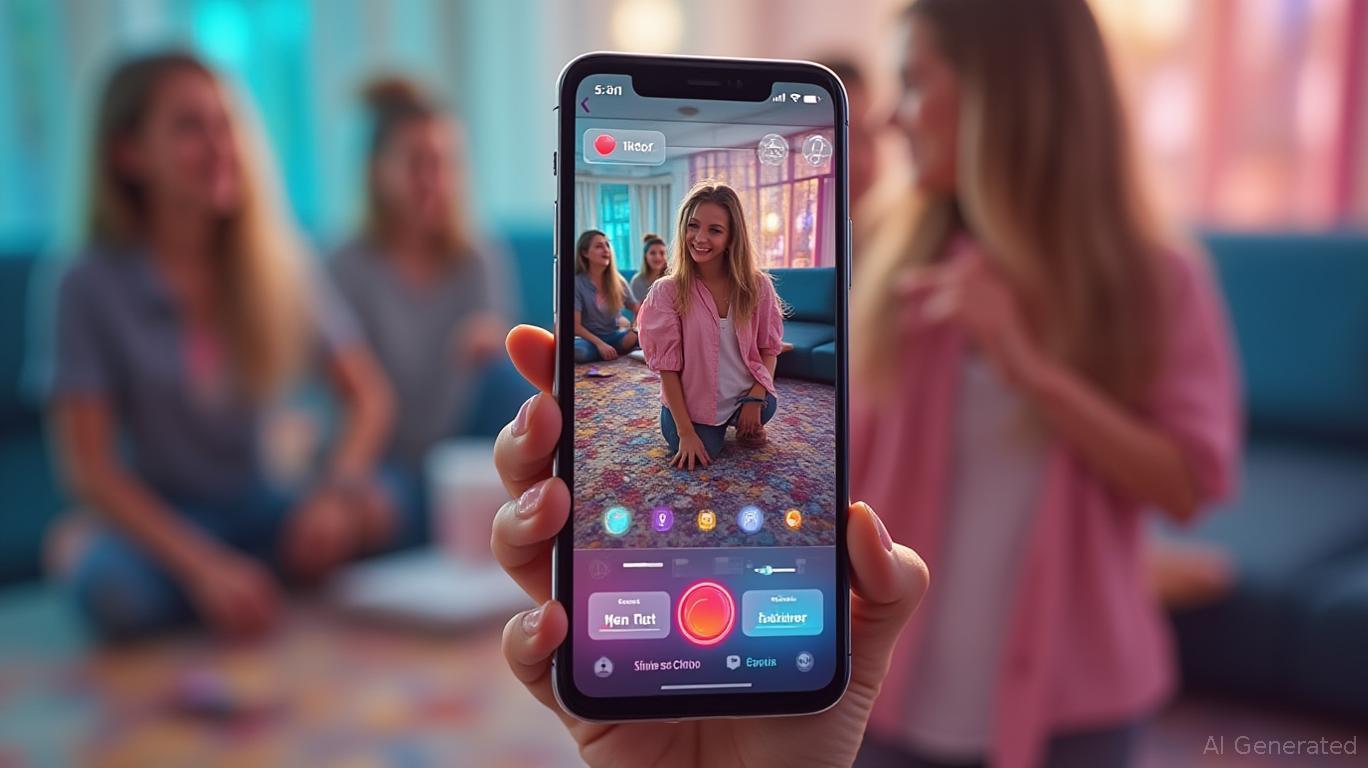Allegiant Air’s Traffic Surge Masks Underlying Capacity Concerns: Navigating Growth and Risk
Allegiant Air’s March 2025 traffic report reveals a paradoxical picture: strong passenger demand contrasts with a troubling divergence between capacity expansion and load factor performance. While the airline’s strategy of connecting smaller markets to leisure destinations continues to drive growth, the data underscores a structural imbalance that could test its profitability. Investors must weigh the company’s aggressive route additions against emerging operational headwinds that may strain unit economics.
The Numbers Tell a Dual Story
In March 2025, Allegiant reported a 14.4% year-over-year increase in passengers to 1.89 million, while revenue passenger miles (RPMs) rose 15.9%. However, available seat miles (ASMs) surged 20.7%, far outpacing demand growth. This gap translated into a 3.5 percentage-point decline in load factor to 82.4%. For the first quarter of 2025, the trend persisted: passenger growth of 8.6% lagged behind a 14.4% jump in asms, pushing the load factor down 3.3 points to 80.5%.

The widening capacity-to-demand gap is not merely cyclical. It reflects a deliberate strategy of expanding departures (+21.1% in March) and routes rather than extending existing routes. This approach boosts market reach but risks overextension. Average stage length grew just 1.1%, indicating that Allegiant prioritized adding new flights over optimizing existing ones—a move that could elevate fixed costs per passenger.
Cost Pressures and the Missing Revenue Picture
Fuel costs averaged $2.52 per gallon in March, slightly lower than the $2.61 Q1 average, but the bigger concern lies in operational efficiency. A declining load factor means fixed costs like labor and maintenance are spread over fewer filled seats, squeezing margins. The report’s absence of revenue data leaves critical questions unanswered: Is unit revenue (revenue per ASM) holding up despite the load factor drop? Or is Allegiant discounting to fill seats, undermining profitability?
The airline’s model—serving smaller, leisure-driven markets—has historically insulated it from competition. Yet the 3.5 percentage-point load factor decline since 2024 suggests demand may not keep pace with capacity growth in these niche routes.
Structural Risks vs. Strategic Ambition
Allegiant’s focus on new departures and routes highlights its confidence in untapped markets. However, the data raises red flags about execution. A 20.7% ASM increase in March, paired with only 1.1% growth in average stage length, implies the airline is prioritizing frequency over route length—a strategy that could strain costs if passenger demand doesn’t materialize. Meanwhile, the 14.4% passenger growth falls short of the 20.7% ASM growth, leaving excess capacity that may require fare discounts to fill.
The Q1 results amplify these concerns: a 14.4% ASM jump versus 8.6% passenger growth suggests the imbalance is accelerating. Investors should monitor whether Allegiant’s leisure-focused demand can sustain this pace, especially as competitors like Spirit and Frontier also expand in regional markets.
Conclusion: A Tightrope Walk Between Growth and Profitability
Allegiant’s March 2025 report is a mixed signal for investors. On one hand, the airline’s ability to grow passengers by double digits in a competitive environment underscores its niche appeal. On the other, the 3.5 percentage-point load factor decline in March—amplifying a 3.3-point drop in Q1—highlights a systemic challenge: capacity is outpacing demand.
The key question is whether this trend reflects a temporary overreach or a structural flaw. Historical data shows Allegiant’s stock price has been highly sensitive to load factor movements (). If load factors continue to fall, unit revenue risks could outweigh passenger growth optimism. Conversely, if Allegiant can stabilize load factors through route optimization or pricing discipline, the capacity expansion could pay off.
For now, investors must remain cautious. The airline’s 20.7% ASM surge in March and 14.4% Q1 growth suggest management is betting heavily on demand catching up. But with fuel costs and fixed expenses mounting, the margin between ambition and affordability is narrowing. Until unit revenue metrics improve, Allegiant’s traffic numbers alone may not justify its valuation.
The verdict? Allegiant’s growth story remains compelling, but the execution risk has grown. Investors should demand clarity on unit economics—and brace for potential volatility if load factors falter further.

_b905d9341749265671656.jpg)








